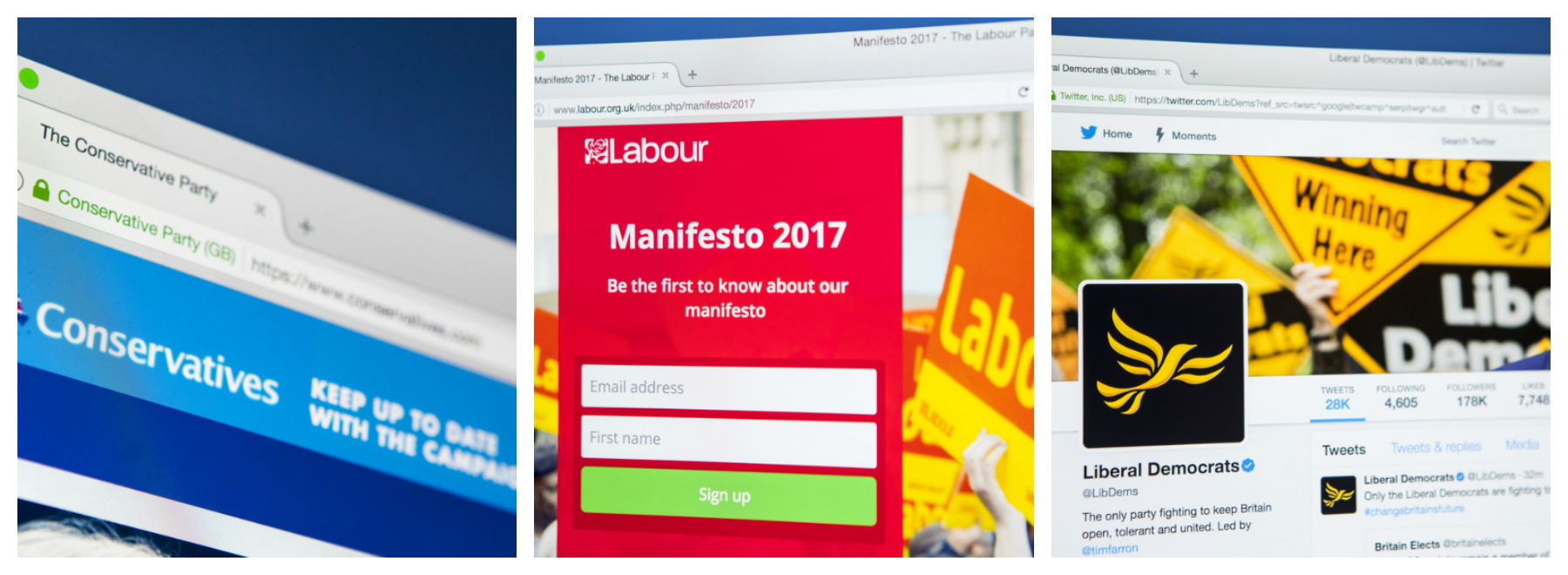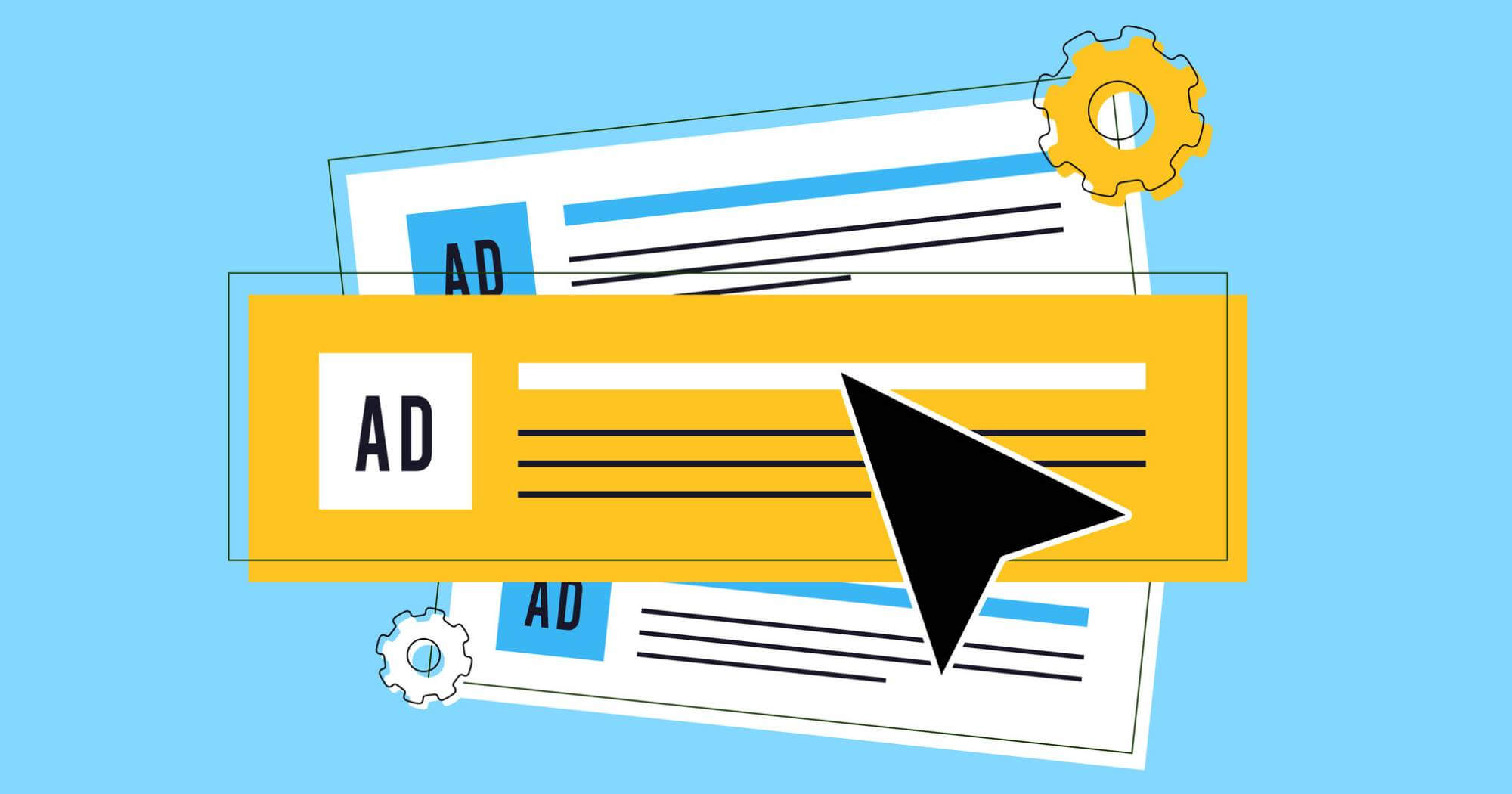Would you let a politician into your home?
Probably not. You’d keep them on your doorstep. It’s election time, after all, and we’re wary of these people pushing leaflets, reading out their manifesto pledges or kissing babies at this time of year. We like to think we’re very doubtful about their promises, too.
So, would you be swayed by what a politician had to say if he or she was lying in bed next to you, or was in the bathroom, or on your sofa while you ate dinner? It’s possibly already happening. The only difference is that what the politicians have to say are beaming from glowing phone screens right into our private lives. They’ve gone beyond the doorstep.
And the politicians will know exactly where you are, what you’re interested in, what your emotional triggers are likely to be. They know how to get your blood pumping or raise your fears. They know what to tell you to get the right response, so when it comes to election time you’ll end up very likely to vote for them.
Creepy, isn’t it? But that’s the world we now live in. Social media is being used to such an extent by political parties that you’re letting their messages come to you in places where you’d never normally let a politician gain access, and you might not even know just how clever they’re being.
Big Data, Brexit and the US Elections
Meet Cambridge Analytica – I say meet them, but you’ve probably already met their work without knowing about it. They’re a big data company that uses mind-boggling amounts of audience information to help political organisations connect with audiences and tailor messages to trigger the right reaction. They’re reported to have worked for the Leave.EU campaign, which was instrumental in bringing about Britain’s separation from the European Union.
The data they hold is on you. You – a consumer of online media – have a digital footprint. That’s a legacy of your behaviour traits from the way you use Facebook or Twitter, for example. Whenever you clicked on that trashy sidebar article, it’s been logged. Whenever you shared a calorific recipe, the algorithm knows all about it. These tiny bits of data build a picture about you, helping to define things like your political leanings – how open-minded you are, are you an introvert or an extrovert based on musical likes – in ways that have never before been known. You can look up your own if you want.
The data is harvested by Cambridge Analytica, who then repackages them in constructive and useable ways for political parties – including more famously for Donald Trump’s presidential campaign. In fact, it’s thought that they changed the outcome of that election – and global politics as a whole.
If you were someone who, by your Facebook activity, had expressed any interest in healthcare issues, then Trump’s messaging was tailored precisely to you. And it was tailored in numerous places, following you around the internet using almost traditional digital marketing means, such as remarketing banners or YouTube ads. The same could be said for Brexit – if you had an opinion on the most controversial topic of all, immigration, then almost certainly you would be receiving tailored messaging in some way or another.
The future of political messaging has changed overnight. It isn’t about big billboards or posters – because no one is looking at those anymore. Everyone’s staring at their phones, in the bathtub, walking down the street, or at the dinner table. Because of their online activities, they’re getting ads that have been customised like never before. Some estimates that there were up to 50,000 variants of ads or messaging every single day in action during the US election, constantly changing according to audience engagement levels. You can’t do that with a billboard.
In a way, that highlights the macabre beauty of digital advertising: you can be incredibly specific with your messaging, whether you’re the owner of a corner shop or a high-street fashion brand. The only difference now is that it’s being used to influence the outcome of elections – and there’s very little regulation around it. The use of such messaging is a whole different debate. Is this propaganda, determined to manipulate people to vote for ideas? Is this immoral? What’s for sure is that you can’t really blame the data for this.
The data is, of course, inert.
It takes a human to hit ‘post’.
What’s going to happen with social media and the 2017 UK General Election?
The manifestos for the UK general election are being rushed out now, and the political parties are in a hurry to get on top of the narrative. This is a snap election, a decision no one had properly prepared for – at least not that they’ll admit. It’s safe to say that a social media strategy was not top of anyone’s list at first, because the content had not yet even figured out. Maybe we can look to the past for some clues as to what to expect this time around.
There was talk of 2015 being the first social media or digital general election, but it never quite materialised. Data wasn’t used to the same extent as for Brexit or the US Presidential Election, and there was a huge disparity between the popularity of candidates online and the cold, hard reality of the voting booth.
Back then we were all rather underwhelmed by weeks of mundane political updates: billboard mentality, candidates with messages aimed at everyone. They were focussed on generating media headlines or reinforcing something they said that date, rather than addressing individuals. There wasn’t even much personality involved. It is worth noting that the Conservatives reported to have spent £1.2million targeting marginal seats with advertising, but the data behind it wasn’t anywhere near as sophisticated as now. It wasn’t personalised to the same extent.
In just 2 years, the whole digital-political landscape has changed. We’re entering new territory, particularly as using online data and adverts in such a sophisticated manner is largely unregulated. Is it fair to fund localised advertising on a national level? Digital technologies are rushing ahead of lawmakers.
So far, it looks like the major candidates on the surface have not really learned much from 2017. And the disparity between social media popularity and real-world popularity is plain to see. Jeremy Corbyn has – at the time of writing – almost 900,000 followers on Facebook; Theresa May over 350,000 – which is slightly more than Nicola Sturgeon of the SNP, and way ahead of Tim Farron of the Liberal Democrats.
All of them are using social media in much the same manner as 2015: bland adverts reinforcing party messaging, in a variety of media formats. In the case of Theresa May, she’s utilising political strategist Sir Lynton Crosby’s trademark technique of repeating the same mantra (‘strong and stable’) over and over again; death by a thousand cuts to readers. Social media is ideal for this, as we skim through our news feed and pause for a second or two on a photo to passively absorb some slogan.
It’s all about the sponsored posts
Organic news feeds are not where the interesting stuff is happening any longer, as we’ve seen that it’s the paid posts – where you see the little grey word, sponsored – that is changing our world. And that’s where I can’t show you what to see or expect, because only you, or people who have online habits almost identical to you, will see similar messaging.
If you’re interested, you can, however, use this Chrome plug-in to find out who’s targeting you personally, but what has been noted by others so far? The Conservatives have been flagged as utilising Instagram of all places – which isn’t a bad network to subliminally influence the electorate by just pushing out simple messaging (Theresa May doesn’t even have an Instagram presence, but she’s connecting with potential voters based on the data). Labour is seeking membership donations to fund £1million worth of Facebook advertising, which is less than what the Conservatives spent last time, so expect to see more sponsored posts there. (If you see anything yourselves, do drop us a line with a screengrab – we’d be interested to know.)
So, to work out the narrative of this election, ignore the main social account pages. Ignore, dare I say it, what the newspapers are reporting (and no, I don’t mean in a fake news kind of way). I mean that the true influence is going to be on a highly personal level, and it is one that only you can see. That in many ways makes it impossible for anyone outside of a political party to really know what’s going on.
All that we can really tell are that there are teams of individuals right now, sitting in the HQs of parliamentary parties, trawling through analytics and data. Because of your digital footprint, you’ll get a message on whatever platform or website you use that is more likely to trigger an emotional response than it would have in the past – because someone knows what buttons to press to get that response from you. If you do see a sponsored post: just pause. Take a step back. Instead, maybe consider what behaviours you’ve shown online – the things you’ve liked on Facebook and Twitter – to encourage such an advert to be displayed to you in the first place. It might even highlight the kinds of social media bubbles that we live in today, and how our social consumption habits are becoming more stubborn.
The big unspoken irony is that social media was meant to be the great leveller in politics, the big tool of the Arab Spring and a force for democracy. Not any longer. Now the advertisers, social media experts, political copywriters and big data have arrived en masse, we’ve fallen back to default settings: those with the deepest pockets wield the greatest power once again.




